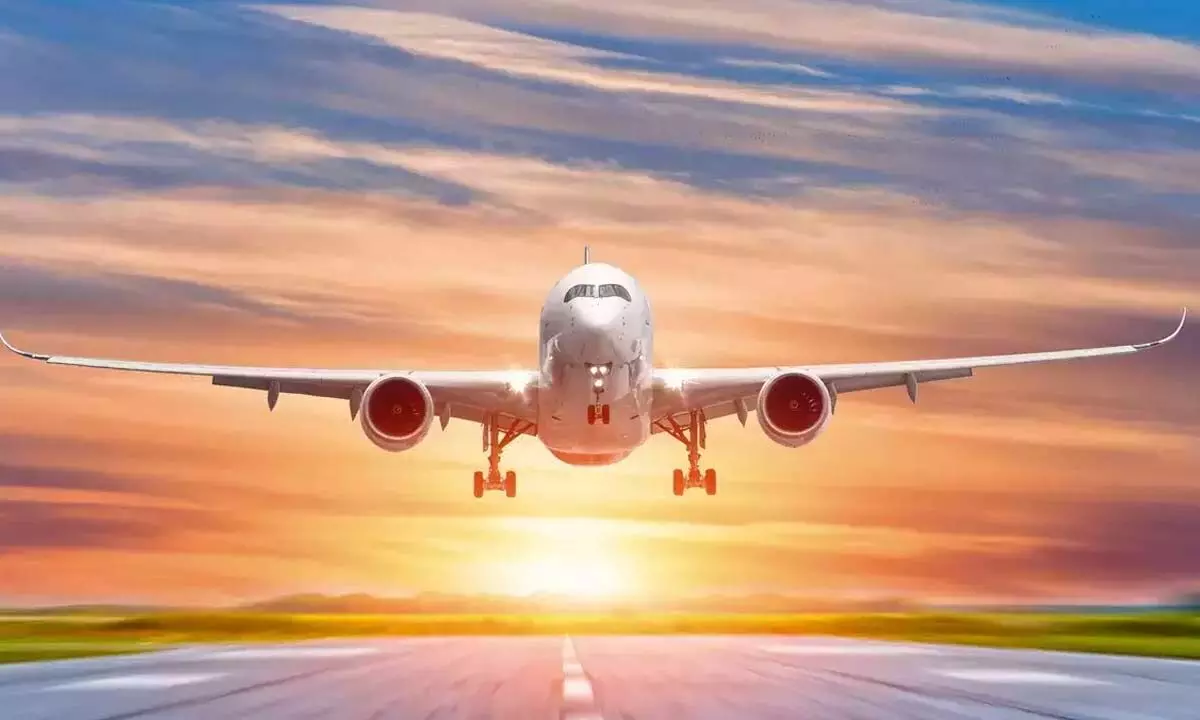Focus should be on overcoming crisis in aviation industry
The airline industry reduced its annual net losses to below $7 billion in 2022, according to IATA.
image for illustrative purpose

The airline industry reduced its annual net losses to below $7 billion in 2022, according to IATA. Although North America was the only region where airlines made a net profit ($9.9bn), Asian carriers lost $10bn, Europe $3.1bn and Latin America $2bn. There is hope that passenger demand will lead to a strong growth this year with the re-opening of China to inbound and outbound travel that can substantially offset the economic headwinds faced in other parts of the world. A 21% increase in RPKs this year, followed by 17% in 2024 will take global traffic above the 2019 level. IATA is therefore predicting a modest industry profit of $4.7bn in 2023, generating a fragile margin, with Asia and Latin America remaining unprofitable and Europe barely breaking even, though airline results in 2024 are likely to be much stronger. Airbus delivered 661 aircraft in 2022, short of its revised target of 700 and almost 100 shy of its original 750 number. Of the 480 aircraft they delivered during the year, 451 were for commercial airlines.
Airlines will continue to return parked fleets to service to meet the demand, but in 2023 will still face bottlenecks for MRO and engine shop capacity, continuation of the problems encountered last year. However, the acute shortage of personnel needed to provide essential infrastructure support (pilots, airport security and handling services) will be substantially alleviated during 2023, although pilot shortages remain a long-term concern.
From 2024, a return to relative political, economic and air transport equilibrium is anticipated, with demand growth settling back into historical, cycle-influenced patterns. Many airlines will need considerably longer time to repair their post-Covid balance sheets, but will continue to need new generation aircraft deliveries to meet their growth plans.
In India, Go First has suspended flights for May 3 and 4 in protest against non-settlement of dues to oil marketing companies. Go First posted its biggest annual loss in fiscal 2022 and has been facing operational problems for the last few months as half of its aircraft were grounded due to supply chain disruptions related to Pratt & Whitney (P&W) jet engines. Go First holds a market share of 9 per cent in the domestic air space. It had a 94.5% passenger load factor on an average for April 2023.
Indian airlines are expected to take delivery of more than 100 commercial jets in the coming year, as continuing consolidation changes the airline market dynamics of what is soon to become the world’s most-populous country. Yet while Tata execs go down to the wire with Boeing and Airbus on its massive order, they’re also struggling with complaints from flight officers and cabin crew over working conditions – and the fallout from a pair of appalling mid-flight incidents involving drunk male passengers who, allegedly, had been grossly over-served by Air India cabin crew.
Tata Group has its task cut out as it tries to rebuild the culture of Air India. Spending tens of billions of dollars on new aircraft may be the easiest part of it.

